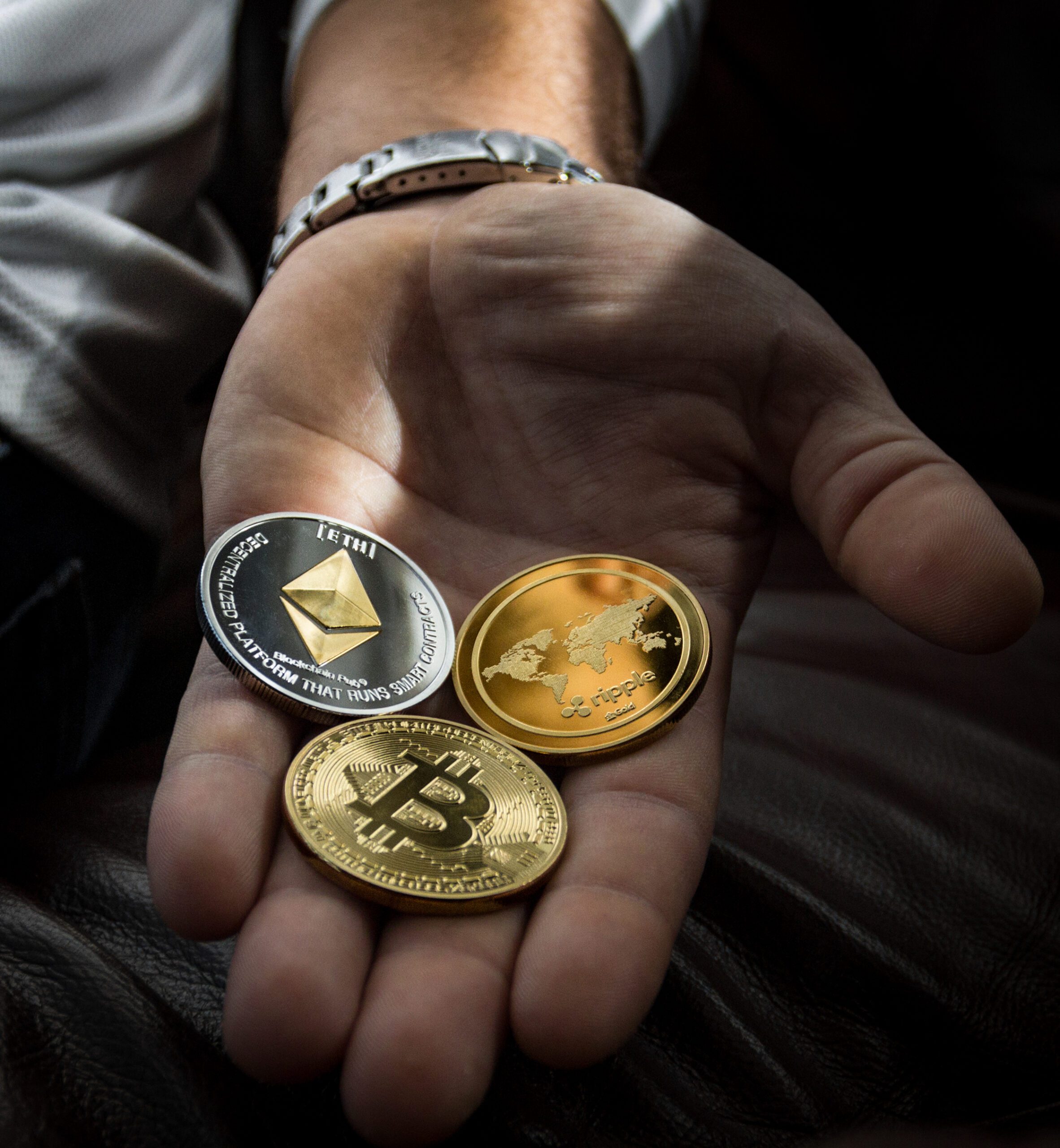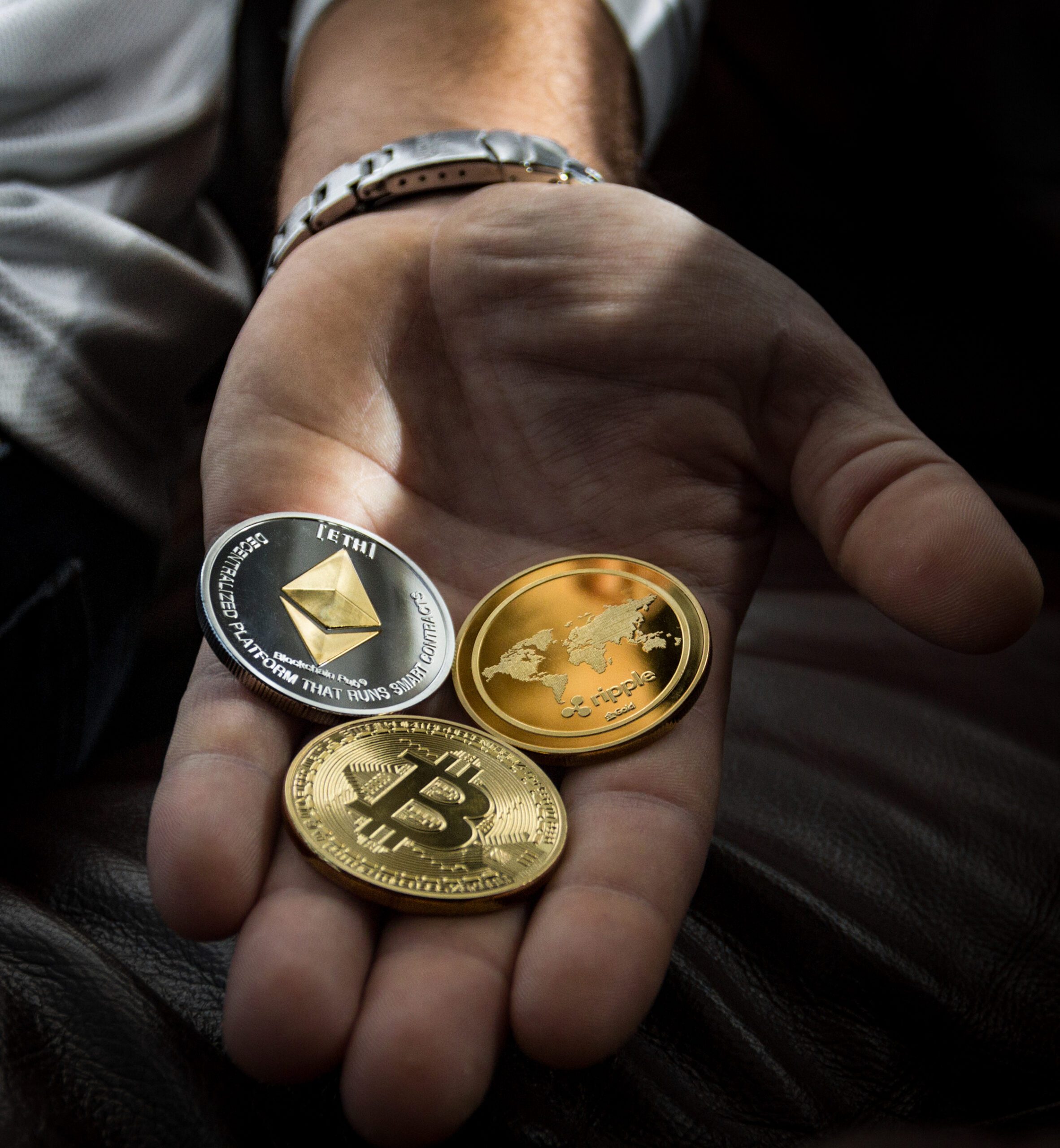If you’re looking to bridge the gap between the world of cryptocurrencies and traditional finance, look no further than Wrapped Bitcoin (WBTC). This innovative project combines the benefits of Bitcoin with the flexibility and accessibility of the Ethereum network. By tokenizing Bitcoin, WBTC brings the stability and security of the largest cryptocurrency to the decentralized ecosystem, offering a gateway for users to explore the world of DeFi while still enjoying the familiarity and value of Bitcoin.
What is Wrapped Bitcoin (WBTC)?
Wrapped Bitcoin (WBTC) is a tokenized form of Bitcoin that operates on the Ethereum blockchain. It is designed to bring the liquidity of Bitcoin to the Ethereum ecosystem, allowing users to utilize Bitcoin in decentralized finance (DeFi) applications and smart contracts. WBTC is created through a process called “wrapping,” where Bitcoin is locked in a smart contract and an equivalent amount of WBTC is issued on the Ethereum blockchain. This enables users to access the benefits of both Bitcoin and Ethereum, combining the security and stability of Bitcoin with the programmability and versatility of the Ethereum network.
Overview
Wrapped Bitcoin has gained considerable popularity in the crypto space due to its ability to bridge the gap between the Bitcoin and Ethereum communities. By tokenizing Bitcoin, WBTC allows users to interact with popular DeFi protocols, trade Bitcoin on decentralized exchanges, and use it as collateral for lending platforms. This interoperability opens up a wide range of opportunities for Bitcoin holders, who can now take advantage of the DeFi revolution without having to sell their Bitcoin holdings.

How Does Wrapped Bitcoin Work?
The process of wrapping Bitcoin involves a consortium of custodians who hold the Bitcoin assets and issue the equivalent amount of WBTC on the Ethereum network. These custodians are responsible for securely storing the Bitcoin and ensuring the 1:1 peg between WBTC and Bitcoin. Users who wish to obtain WBTC can do so by depositing their Bitcoin with one of the approved custodians and receiving the same value of WBTC tokens. Conversely, users who want to redeem their WBTC for Bitcoin can initiate the unwrapping process, where the WBTC tokens are burned, and the equivalent Bitcoin is released from the custodian’s reserves.
Who is Behind Wrapped Bitcoin?
Wrapped Bitcoin is a collaborative effort between various industry participants, including custodians, decentralized exchanges, and DeFi protocols. The custodians, such as BitGo and CoinList, hold the Bitcoin assets and issue the corresponding WBTC tokens. Crypto custodian BitGo plays a significant role in providing the necessary security infrastructure for the WBTC system. Other prominent players in the WBTC ecosystem include Kyber Network, Ren Protocol, and MakerDAO, which facilitate the trading and lending of WBTC on their platforms.

Comparison to Other Tokenized Bitcoin Projects
While there are other tokenized versions of Bitcoin available in the cryptocurrency market, Wrapped Bitcoin stands out for its widespread adoption and compatibility with various DeFi platforms. Other tokenized versions, such as tBTC, have faced challenges with implementation and custodial security. Wrapped Bitcoin has gained significant traction due to its transparent, auditable nature and the support from reputable custodians. The robustness of the WBTC ecosystem, combined with its seamless integration into the Ethereum network, has positioned it as the leading tokenized Bitcoin project.
Benefits of Wrapped Bitcoin
Increased Liquidity
One of the primary advantages of Wrapped Bitcoin is the increased liquidity it brings to the Ethereum ecosystem. By tokenizing Bitcoin, users can access a vast pool of liquidity for trading, lending, and borrowing, without needing to sell their Bitcoin holdings. This increased liquidity opens up new opportunities for traders, investors, and developers looking to leverage Bitcoin within the Ethereum ecosystem.
Compatibility with DeFi Platforms
Wrapped Bitcoin is highly compatible with decentralized finance platforms, allowing users to seamlessly integrate their Bitcoin holdings into various DeFi applications. Users can utilize WBTC as collateral for borrowing stablecoins, earning yield in liquidity pools, or participating in decentralized trading. This compatibility expands the utility of Bitcoin, enabling it to be put to work in a variety of DeFi protocols and boosting its overall value proposition.
Security and Transparency
The custodians responsible for issuing and storing WBTC are industry-leading institutions with proven track records in custodial services. This ensures a high level of security for users who choose to hold WBTC. Additionally, the transparency of the WBTC system allows users to verify the reserves and ensure that the supply of WBTC is backed by an equivalent amount of Bitcoin. This transparency brings trust to the tokenized Bitcoin ecosystem, mitigating concerns about the custodial backing of the tokens.
Accessibility for Ethereum Users
Wrapped Bitcoin provides Ethereum users with a more accessible way to interact with Bitcoin. As the two largest cryptocurrencies by market capitalization, the integration of Bitcoin into the Ethereum network opens new avenues for innovation and collaboration between the two communities. Ethereum users can now leverage Bitcoin’s value while enjoying the flexibility and programmability of the Ethereum platform.

Getting Started with Wrapped Bitcoin
How to Wrap Bitcoin
To wrap Bitcoin and obtain WBTC, users need to choose a WBTC custodian that supports the wrapping process. After selecting a custodian, users deposit their Bitcoin with the custodian and receive the equivalent value in WBTC tokens. The custodian holds the Bitcoin securely in reserve, ensuring the 1:1 peg between WBTC and Bitcoin. This wrapped version of Bitcoin can then be transferred and utilized within the Ethereum ecosystem.
How to Unwrap Bitcoin
When users wish to redeem their WBTC for Bitcoin, they can initiate the unwrapping process with the custodian holding their WBTC. The custodian will burn the WBTC tokens, and upon verification, release the equivalent amount of Bitcoin back to the user’s wallet. This unwrapping process reaffirms the 1:1 peg between WBTC and Bitcoin, providing users with a seamless way to convert their tokenized Bitcoin back to the original asset.
Choosing a WBTC Provider
When choosing a WBTC provider, it is essential to consider factors such as custodial reputation, security measures, and the track record of successfully maintaining the 1:1 peg. Reputable custodians, like BitGo and CoinList, offer strong security measures and have formed partnerships with leading DeFi platforms. Conducting thorough due diligence and selecting a custodian that aligns with your specific needs and goals is crucial to a positive WBTC experience.
Use Cases for Wrapped Bitcoin
Collateral for Loans
Wrapped Bitcoin can be used as collateral for borrowing loans in the DeFi ecosystem. By locking up WBTC, users can access additional capital in the form of stablecoins or other cryptocurrencies. This allows individuals to unlock the value of their Bitcoin holdings without having to sell them, providing them with greater financial flexibility while still maintaining exposure to the price appreciation of Bitcoin.
Tokenized Bitcoin Trading
WBTC enables users to trade tokenized Bitcoin on decentralized exchanges (DEXs) on the Ethereum network. This allows traders to benefit from the efficiency and security of decentralized trading, while still being able to speculate on the price movements of Bitcoin. Tokenized Bitcoin trading also opens up access to a wider range of financial instruments, such as options and futures, allowing for more sophisticated trading strategies.
Integrated DApps on Ethereum
With WBTC, Ethereum-based decentralized applications (DApps) can integrate Bitcoin into their protocols. This integration enables developers to create innovative applications that leverage the value and functionality of Bitcoin within the Ethereum ecosystem. By combining the strengths of both Bitcoin and Ethereum, developers can unlock new opportunities for decentralized applications in areas such as cross-chain interoperability, decentralized finance, and more.
Potential Risks and Challenges
Centralization Risks
One key risk associated with Wrapped Bitcoin is the reliance on custodians to hold the Bitcoin reserves. While reputable custodians provide a level of trust and security, the system could become more centralized if a small number of custodians dominate the market. This concentration of power could pose risks to the integrity and decentralization of the WBTC ecosystem. Continued efforts to increase the number of custodians and ensure equal participation can help mitigate this risk.
Smart Contract Risks
As with any smart contract-based system, there is always a risk of vulnerabilities or exploits in the code. While the WBTC smart contract has undergone extensive auditing and testing, it is not completely immune to potential risks. Ongoing security reviews and regular updates are crucial to maintaining the integrity and trustworthiness of the WBTC protocol.
Regulatory Concerns
As WBTC operates at the intersection of Bitcoin and Ethereum, it may face regulatory scrutiny and compliance risks. Regulators around the world continue to grapple with the classification and oversight of cryptocurrencies. It is important for the WBTC ecosystem to navigate these regulatory challenges effectively and ensure compliance with local laws and regulations to maintain its viability and trustworthiness.
Future Developments and Roadmap
Expansion to Other Blockchains
While WBTC currently exists on the Ethereum blockchain, there are plans to expand its availability to other blockchains in the future. This expansion would bring the benefits of tokenized Bitcoin to other ecosystems and increase interoperability across different blockchain networks. By broadening its reach, WBTC aims to enhance the overall accessibility and utility of wrapped Bitcoin for users beyond the Ethereum ecosystem.
Enhancements to Security
Continuous improvements to security measures, including audits and penetration testing, will remain a priority for the WBTC ecosystem. This ongoing commitment to security aims to mitigate risks associated with custodial storage and smart contract vulnerabilities. Collaborative efforts among custodians and industry experts will continue to strengthen the resilience and trustworthiness of WBTC.
Integration with Layer 2 Solutions
As the Ethereum network continues to explore layer 2 scaling solutions, WBTC can benefit from increased scalability and reduced transaction costs. Integrating with layer 2 solutions such as Optimistic Rollups or Plasma can enable faster and more cost-effective transactions for WBTC users. This integration with layer 2 solutions can further enhance the user experience and expand the potential use cases for WBTC.
Conclusion
Wrapped Bitcoin has successfully bridged the divide between the Bitcoin and Ethereum communities, providing users with increased liquidity, compatibility with DeFi platforms, and enhanced security. By tokenizing Bitcoin on the Ethereum blockchain, WBTC has unlocked new opportunities for traders, investors, and developers, enabling them to leverage Bitcoin within the Ethereum ecosystem. While potential risks and challenges exist, the ongoing commitment to security, expansion to other blockchains, and integration with layer 2 solutions set the stage for a promising future for Wrapped Bitcoin. As the crypto landscape continues to evolve, Wrapped Bitcoin is poised to play a vital role in the intersection of Bitcoin and decentralized finance.

